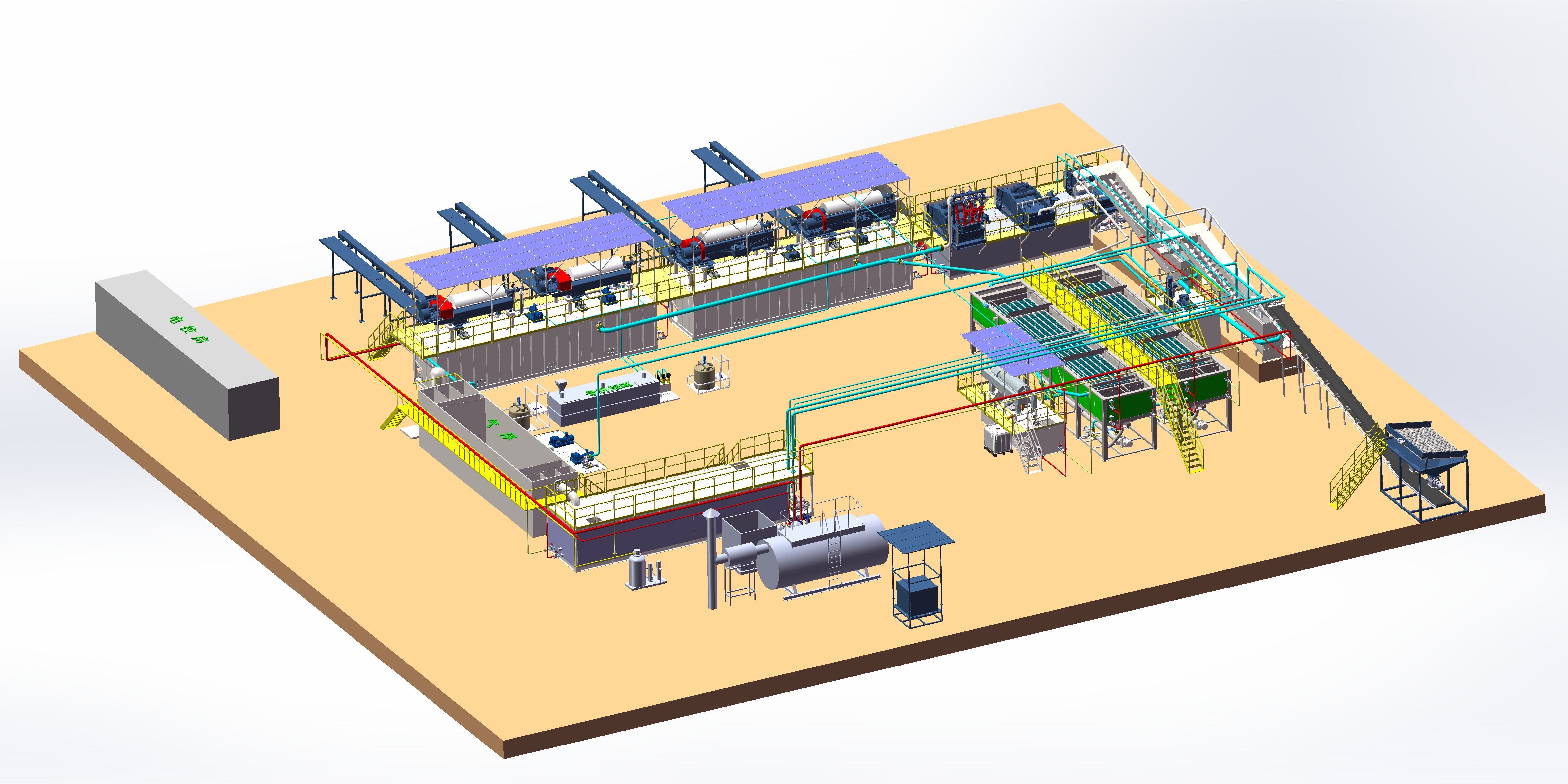slurry separation for waste management
Slurry separation for waste management is an advanced technological process that efficiently divides liquid and solid components in agricultural and industrial waste streams. This innovative system utilizes mechanical and physical principles to achieve optimal separation results, typically employing various mechanisms such as screens, presses, and centrifuges. The primary function involves the systematic division of waste materials into their constituent parts, allowing for more effective handling and processing of both liquid and solid fractions. The technology incorporates sophisticated filtration systems that can handle high volumes of waste material while maintaining consistent separation quality. In practical applications, the system proves particularly valuable in agricultural settings, managing livestock waste, and industrial facilities dealing with organic waste products. The separated components can be further processed for different purposes, with solids potentially used for composting or soil amendment, while the liquid portion can be treated for irrigation or other agricultural applications. The technology's versatility makes it suitable for various scales of operation, from small farms to large industrial complexes, offering customizable solutions based on specific waste management needs. Modern slurry separation systems often include automated controls and monitoring capabilities, ensuring optimal performance while minimizing operational oversight requirements.

